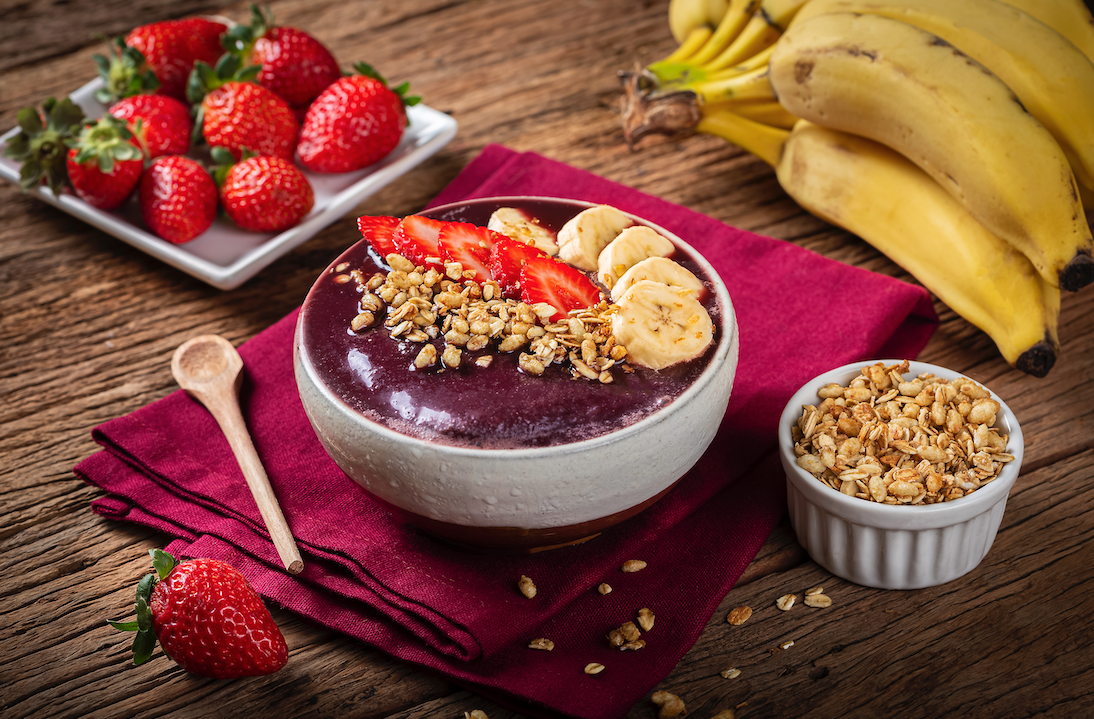
Chamomile
A popular daisy-like plants home remedy has been used in in ancient medicine for thousands of years. It can be found in almost every house, and it’s the best known for it’s calming effect, and helping with stomach cramps.
TIP: Drink chamomile tea before bed if you have trouble falling asleep.
Usage
It causes sweating, has a calming effect, has a disinfectant effect, and prevents inflammation of all types, especially inflammation of the mucous membrane. Externally, it is used for dressings and rinsing for eye inflammation, inflammation of the eyelids, for rashes that moisturize and itch.
Relaxation & Sleep
Relaxation properties in chamomile help with the quality of sleep.
Stomach
Chamomile is promoting gastrointestinal health, and is helpful with upset stomach.
Skin
Chamomile cream is protecting the skin from free radical damage and often used for hands.

How to use chamomile?
Chamomile is used in traditional medicine in Europe and America, usually as a hot infusion for the gastrointestinal tract and gastrointestinal spasm, and externally for the treatment of skin.
Make a Tea (popular)
A cup of chamomile tea daily, before bed can help with sleep.
As a Supplement
Available in liquid extracts, capsules, and powders.
Cream
Chamomile cream can help skin to regenerate, and maybe even slow down aging effects.
The ligand-receptor complex in camomile may decrease anxiety and initiate the sleep phase.
Chamomile has been used in traditional medicine for thousands of years.
It was acknowledged by ancient Greek, Roman, and Egyptian cultures.
German chamomile is the more commonly grown for use in teas.
Ancient Herbal Therapy
Chamomile is used in traditional medicine in Europe and America, usually as a hot infusion for the gastrointestinal tract and gastrointestinal spasm; externally for the treatment of skin. It also helps with bloating, diarrhea, and skin rashes.
It is used for rinsing the oral cavity and for rinsing wounds. It is good for washing hair, facilitates bowel emptying, and thus indirectly cures hemorrhoids.
Inhalation of chamomile vapor contributes to rapid improvement when it comes to sneezing and sinusitis.
It has a soothing effect on fever and lowers the temperature. It is used in the treatment of irritability, hypersensitivity in neuralgia, rheumatism, low back pain, internal restlessness, insomnia, mental weakness, fatigue, etc.
About
Matricaria chamomilla is an annual herbaceous plant, with a thin branched root, 15-60 cm high. The stem is erect and bare, mostly branched. The flower heads are single, have a convex and hollow flower lodge, and are composed of two-pole yellow tubular flowers in the middle and white lingual flowers on the edge, which are bent downwards. It blooms from April to September.
It grows in fields, on clay soil, forest meadows, slopes, and in cereals and corn fields, potato fields, clover, and where beets are grown. German chamomile is a herb that is native to Europe, Africa, and Asia and is now also cultivated in North America. Chamomile has been used in traditional medicine for thousands of years and was acknowledged by ancient Greek, Roman, and Egyptian cultures.
Both German chamomile, Matricaria chamomilla, and Roman chamomile, Chamaemelum Nobile, are varieties of chamomile cultivated and used for herbal tea and other herbal applications. Chamomile is still used as a home remedy, but also in many culinary applications worldwide.
Safety
Chamomile is usually mild in its effects and warmly recommended. Patients with allergies to plants in the daisy family should avoid chamomile. Especially during the first phase of treatment, chamomile displays a sedative effect, so monitoring of response is necessary.
Chamomile treatment may result in increased blood thinning, so those who take anticoagulant medications, such as aspirin, should avoid using chamomile. The use of chamomile is contraindicated during pregnancy and because it may stimulate uterine contractions.
Composition
Chamomile’s efficacy is due to its anti-inflammatory, antioxidant, antimicrobial, antinociceptive, analgesic, anxiolytic, sedative, and antispasmodic properties. Chemical constituents contributing to chamomile’s beneficial effects are terpenoids, such as chamazulene and bisabolol; and flavonoids, including apigenin, luteolin, and quercetin.
Science
Research have found evidence that Camomile help a wide range of health ailments, including colds and menstrual cramps.
Chamomile is included in the “Generally Regarded As Safe” (GRAS) list by the FDA.
Fun Facts
Chamomile has historically been used in making beer and ale.
Sources
Das, M. (2014). Chamomile: medicinal, biochemical, and agricultural aspects. CRC Press.
Das, S., Horváth, B., Šafranko, S., Jokić, S., Széchenyi, A., & Kőszegi, T. (2019). Antimicrobial activity of chamomile essential oil: effect of different formulations. Molecules, 24(23), 4321.
Hajizadeh-Sharafabad, F., Varshosaz, P., Jafari-Vayghan, H., Alizadeh, M., & Maleki, V. (2020). Chamomile (Matricaria recutita L.) and diabetes mellitus, current knowledge and the way forward: A systematic review. Complementary therapies in medicine, 48, 102284.
American Chemical Society. "Chamomile Tea: New Evidence Supports Health Benefits." ScienceDaily. ScienceDaily, 4 January 2005.



